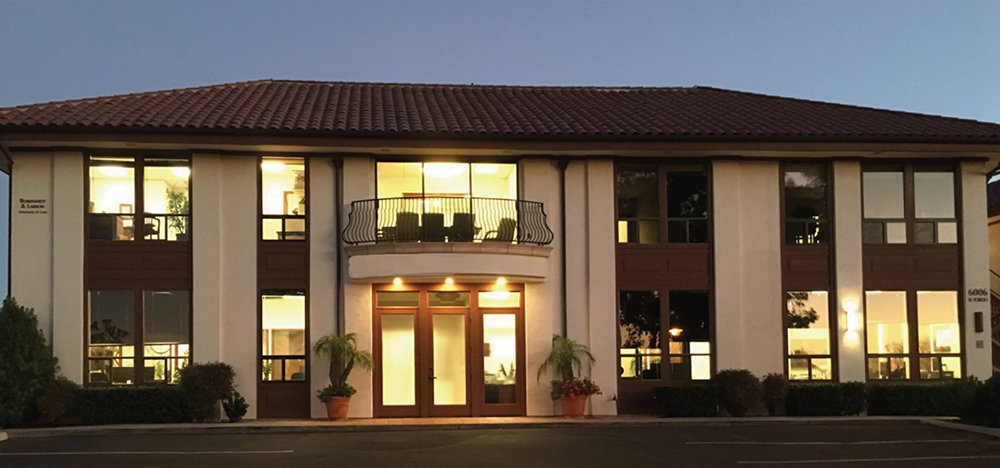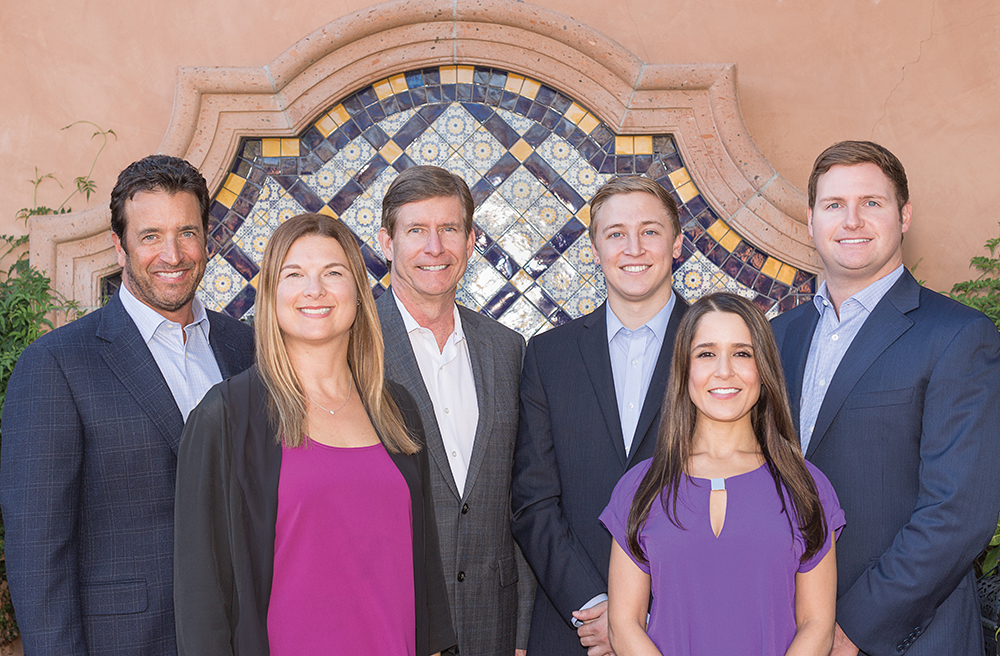Marketing 101

Times are tough for San Diego’s small businesses. Costs keep creeping up, profits margins are elusive, and cash-strapped consumers just aren’t spending as much. Many small business owners report sales decreases in the range of 20-30 percent. As the economy continues to stammer, it’s become an ever-increasing challenge to stay ahead.
Belt-tightening is a no-brainer, but small business owners should think carefully about where they make budget cuts. It may sound tempting to reallocate advertising and marketing dollars. After all, what’s an ad or two when everything else is so shaky? The truth, though, is that advertising — especially creative advertising — makes a pretty good life preserver when the economic ship is sinking.
Doug Wheat, president of Hauser’s Patio in the Morena area, has been in business since 1963. He says his current sales declines are consistent with the average.
“Our traffic is down without question,” Wheat admits. “Even the affluent are sitting on their pocketbooks right now. Consumer confidence is down and there’s not a lot of good news out there. I think it’s affected everybody’s spending habits.”
Wheat says he’s cut back about 20 percent on ad spending — which goes mostly to TV spots — but that he recognizes its necessity.
“If you can survive this, you’ll gain market share,” he points out. “It’s important to keep your name out there.”
“People forget about you right away,” agrees Leo Hamel, owner of Leo Hamel Fine Jewelers in Old Town and Solana Beach. “Attention spans are fairly short. But when you see an ad, you think: ‘Oh yeah, I have an engagement coming up. I’m getting married. My anniversary is tomorrow.’”
Hamel has been through plenty of rough patches during his three decades in business. He says that slow-downs are actually a smart time to step up advertising.
“I don’t want to tell my competitors to advertise because they’re not doing it right now,” he laughs. “You grab market shares when other people aren’t advertising.”
Hamel says he’s spent hundreds of thousands of dollars on advertising and marketing. San Diegans hear about Leo Hamel Fine Jewelers in magazines, on the radio and TV, and through direct mail. They have a Web site and send out regular email blasts. They’ve even done door hangars. “Every time I see something new, I try it,” Hamel claims.
Sheree Vihon-Bergthold, co-owner of The Rare Earth/TRE boutiques, has learned to make her advertising dollars go farther during tough times.
“We’re doing a lot more email because it has no cost,” she says. “It’s important to have constant contact — to let people know what’s going on. Let’s say we have a sale. We’ll advertise but we’ll also email. So if I create an ad for Ranch & Coast, I might also email it directly to the customer. To me, it’s about getting out there. I believe in keeping your name out in front of people.”
Vihon-Bergthold, who says sales have actually spiked at the sisters’ Carlsbad Forum outpost, believes it’s key to run your business in sync with the economy — and not to let tough times sink you.
“If sales are shrinking, you can’t just shrink,” she insists. “You need to come up with more creative ways to stay in front of the customer. You need to make each ad count.”
For some small businesses, survival boils down to the simplest business mantra: Know thy customer — literally. For every shopper that flocks to big box stores like Costco, there’s another who longs for the personal touch. A sales clerk who knows their name, for example.
Warwick’s book manager Adrian Newell says relationship-building makes the La Jolla fixture’s modest advertising budget go a lot further.
“The residents here are very supportive of small businesses,” she explains. “People grew up shopping here and they bring their kids in turn. The sense of community makes a difference.”
Warwick’s does advertise its events program — book readings and the like — which Newell says is a fairly big financial commitment. But the beloved bookshop doesn’t have dollars earmarked specifically for marketing.
“A lot of what we do is word-of-mouth,” she adds. “A lot of customers have been coming here for a long time.”
Of course, unlike Warwick’s, most businesses don’t hold the distinct advantage of having been around for more than a century. But if they hope to survive even a fraction that long, consistent advertising and marketing are the way to do it. ANNAMARIA STEPHENS







Comments